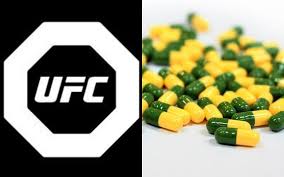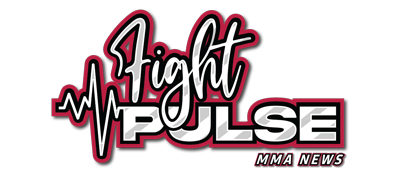 In the ever-evolving world of mixed martial arts, where the line between human potential and chemical enhancement often blurs, the Ultimate Fighting Championship (UFC) has taken a significant step towards refining its approach to anti-doping. As of early 2024, the UFC announced a comprehensive overhaul of its anti-doping policy, marking a new era in the fight against performance-enhancing drugs within the sport.
In the ever-evolving world of mixed martial arts, where the line between human potential and chemical enhancement often blurs, the Ultimate Fighting Championship (UFC) has taken a significant step towards refining its approach to anti-doping. As of early 2024, the UFC announced a comprehensive overhaul of its anti-doping policy, marking a new era in the fight against performance-enhancing drugs within the sport.
The catalyst for this change was the UFC's decision to part ways with the United States Anti-Doping Agency (USADA) at the end of 2023. This split, while initially raising eyebrows and stirring speculation about a potential return to less regulated times, was followed by the UFC's commitment to not only maintain but enhance its anti-doping efforts. The new program, set to be administered by Drug Free Sport International, promised a fresh start with the same rigorous standards but with new faces at the helm.
At the core of this new policy is the introduction of Combat Sports Anti-Doping (CSAD), led by George Piro, a former FBI agent with a storied career, including the interrogation of Saddam Hussein. Piro's appointment as the head of CSAD brought a layer of credibility and independence to the program, ensuring that no results management or sanctioning decisions would be influenced by the UFC itself. This move was a direct response to criticisms regarding the transparency and independence of previous anti-doping measures.
The new policy introduced several key changes:
- Testing Frequency and Pool Inclusion: Fighters like Alex Volkanovski, known for their clean record, might find themselves subject to increased testing frequency, not as a sign of suspicion but as a testament to the UFC's commitment to maintaining a level playing field. This adjustment aims to keep top athletes under regular scrutiny, ensuring their compliance with anti-doping rules.
- Decision Concentration Levels: One of the most significant updates was the introduction of decision concentration levels for various substances. This change allows for the differentiation between intentional doping and environmental contamination or the use of certified supplements, which might contain trace amounts of banned substances. This nuanced approach aims to penalize intentional cheating while protecting athletes from unintentional contamination.
- Science and Administration: Dr. Daniel Eichner, recognized for his expertise in anti-doping science, was appointed as the science advisor. His role involves overseeing testing strategies, which now include more sophisticated methods to detect newer, more sophisticated doping agents.
- Athlete Health and Performance: Jeff Novitzky, UFC's Senior Vice President of Athlete Health and Performance, emphasized the program's focus not just on catching cheaters but on protecting athletes' health. This holistic approach includes education on nutrition, supplements, and the dangers of doping.
The reaction from the MMA community was mixed. While some fighters and fans welcomed the changes, seeing them as a step towards fairer competition, others expressed skepticism, particularly about the independence of the new body. However, the UFC's transparency in detailing these changes, including making the full policy available online, was seen as a positive move towards openness.
This new chapter in UFC's anti-doping saga isn't just about catching those who cheat but about fostering an environment where athletes can compete knowing they're on a level playing field. The policy's evolution reflects the UFC's commitment to not only uphold but to lead in the standards of sports integrity, aiming to set a benchmark for other sports to follow. As the UFC moves forward with this policy, the world watches, waiting to see if this new approach will indeed clean up the sport or if it's just another layer in the complex tapestry of anti-doping in MMA.
